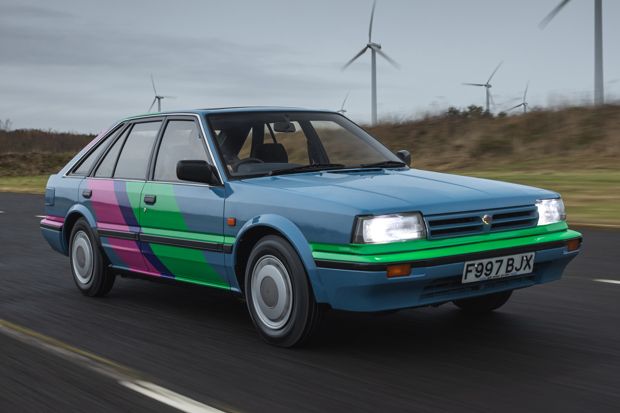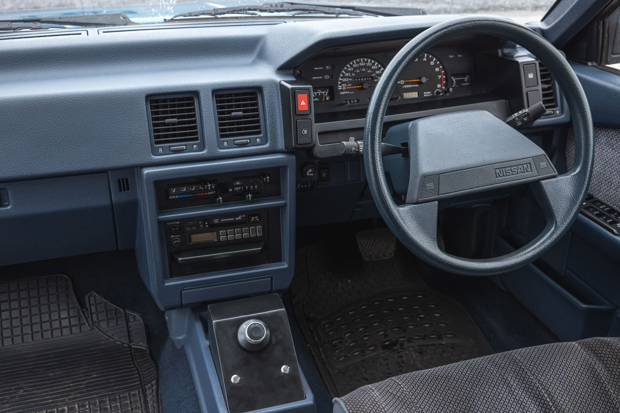Monday Motoring Classic: Nissan Bluebird

There's an old saying that if you want to know a good car, there are two types of people you should ask. Banger racers or taxi drivers. Both would know instinctively if a car was built to last or not.
And that’s all you really need to know about the Nissan Bluebird, for it was a car that was a huge hit with both, thanks to its inherent ability to survive the worst possible abuse you could throw at a car and still manage to keep on plugging.
Of course, being popular with minicab drivers and the banger boys means that the Nissan Bluebird is now a rare old beast.
Aside from durability, the Nissan Bluebird didn’t appear to have a huge amount going for it. The styling was bland, the handling indifferent and the performance anywhere between barely adequate and insipid, Turbo ZX models notwithstanding. These were rapid, but practically undriveable.
Meanwhile, the normally-aspirated diesel Nissan Bluebird was, for years, the slowest car in its class, with a 0-60 time of 23.0 seconds, but to judge it on that alone would be to do it a disservice, as they were good for seven figure mileages.... if you could find the time to actually get there.
The car had a few other saving graces, too. A dual trip meter to make life easier for the business driver, and reclining rear seats to make life more fun for those in the back, presumably so they could have a snooze while the driver aimed for the magic 60 before his private hire licence expired. The boot was massive, too. As, indeed, was the rest of the interior.

So while the Nissan Bluebird may not be remembered as the ultimate classic of its era, it should be thought of as at least worthy. It was not, by any account, a bad car. And in many ways it was an extremely good one.
The Bluebird was the very first Nissan to roll off Nissan's production line in Sunderland with the initial batch of UK-made cars being delivered to customers in August 1986. You can identify them, apparently, by their Triplex windows – a sure sign that they came off the UK production line and not the sister pant in Japan, from where the remaining cars were imported.
Between 1986 and 1990, just over 180,000 Nissan Bluebirds were produced in the UK. And the reason they were so damned solid and reliable was because the UK needed to prove itself to Nissan’s global paymasters, who were capable of throwing up a factory anywhere in the world.
The Nissan Bluebird proved to the Japanese that, although they had beaten the British at their own game through the Seventies and Eighties, when it came to the crunch we could still build cars to a high standard.
Indeed, in 2021 when Nissan celebrated 35 years of Sunderland production which car led the way? A Nissan Bluebird of course. In fact it was a custom-built electric Nissan Bluebird powered by the motor and battery from the Nissan Leaf. Perhaps the Nissan Leaf then is the natural successor to the Nissan Bluebird.


